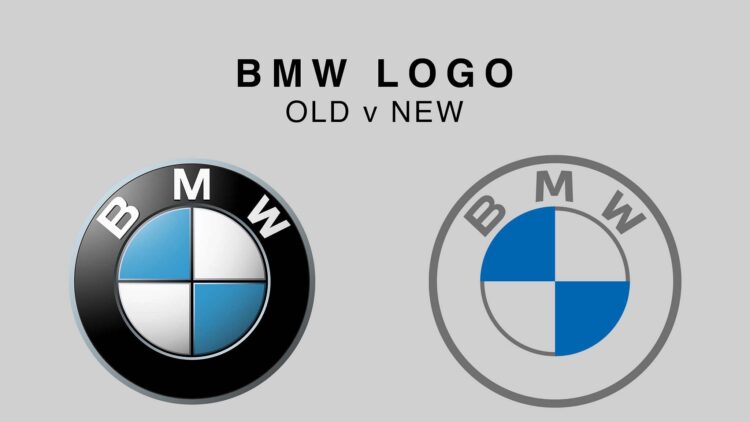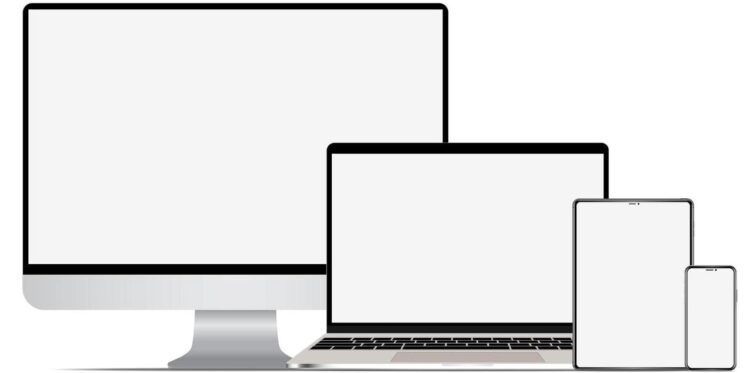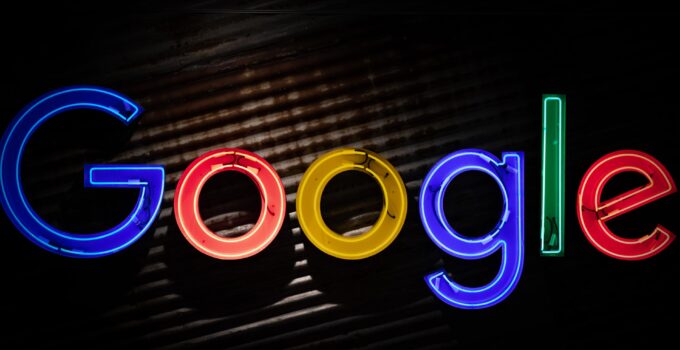Google is pretty popular not only as a search engine but also with the logo they are carrying. Even those using alternate search engines or technology tools can instantly identify the emblem. It’s not just the name of the company that stands out. It’s the style of the company’s name using primary colors in a clean, simplistic font.
There is much to be learned from Google’s straightforward design. By applying similar principles to your company’s logo, you’ll build a brand that stands out from its competitors. Here are some of the design fundamentals showcased in Google’s logo. Let’s take a look at each one and discover how to follow the success of one of the net’s most well-known search engines.
Page Contents
1. Don’t Fear Change

While it’s essential to establish a trustworthy brand, changing your logo can really bring in positive results for your business. You don’t have to use the identical logo year after year. This is especially true if it’s been some time since your company experienced an update. Modernizing your logo can reinvigorate customer interest and improve your advertising efforts.
Google has modified its trademark numerous times over all the years. When first introduced in 1997, the design incorporated distorted letters coupled with basic dimensional graphics. The most recent logo is identical in content but features a fresh, modern font with clean lines. Google has also customized their design in honor of significant events or people known in history. In all its versions, they usually include the company name, but it appears as a backdrop to the highlighted event or person; bringing attention to what’s important on the day. These variations are an excellent example of how change doesn’t have to detract from your established brand, instead, it brings awareness to your values.
2. Keep a Consistent Theme
Regardless of how you update your company’s logo, consistency is vital. This tip may sound contradictory at first but you can make changes while remaining consistent with your business identity and message. Focusing on a constant design feature ensures your audience will associate your logo with your dependable service. A consistent trait can include similar font, layout, a specific image, or matching colors. All of these elements make a pleasing appearance and a catchy tone.
Google’s logo design has experienced numerous changes but still showcases that one familiar multicolored name; the only colored that has grabbed people’s attention. Your edits may very well venture into more adventurous territory. However, find a common theme to weave through all variations. Google has several applications with individual badges, and they are all easily recognizable as belonging to the Google brand. This technique shows that brand consistency does restrict your design options.
3. Drop the Complex Effects

Source: evoindia.com
In the 1990s and early 2000s, many designs used 3-dimensional effects to pop up the design. These effects gave a sense of realism and depth to otherwise flat graphics. More recently, companies and designers have dropped the excessive 3D styles in favor of flatter ones. 3D designs have left and holds less chance in getting people’s attention.
The goal is not to show off how elaborate or complex you can make your logo appear. This tactic can end up confusing your audience and decreasing your customer loyalty. Google’s latest logo is an excellent example of dropping 3D effects in favor of a simpler, more 2D design. Following this style means your company conveys its brand in a straightforward, contemporary way.
4. Choose Your Typeface Wisely
Companies use a variety of typefaces and fonts on branding materials. The typeface you choose for your logo can be the key to success or the mark of demise. So, it’s critical to select your font style carefully. The style should coincide with your company’s services and match your overall brand.
Sans-serif is a popular typeface because its clean, sharp lines appeal to consumers. Added embellishments on letters can distract your audience from your core message. In 2015, Google opted to use sans-serif for all its branding. Countless styles exist, or you may want to create your own. However, learn from Google’s decision and opt for lettering and symbols with a modern edge.
5. Make It Scalable

Source: vecteezy.com
Your business logo needs to be scalable, depending on how consumers view it. Users may view your logo on a desktop computer or laptop. But countless users have much smaller devices, including smartphones, tablets, and even smartwatches. Your logo should appear clear and appropriately sized no matter what device a consumer uses.
Google’s logo is entirely scalable to virtually any size while remaining clear and recognizable. Just look at Sharp Suits and you’ll see how scalability attracts. The company’s advertising is viewable from any device, and its tools’ badges are accessible and distinct in all appearances. Your company should strive for this level of accessibility. Google has mastered design scalability, and you can master it as well.
6. Use Vibrant Colors
Another design principle you can learn from Google is its use of color. The company’s emblem appears in the vibrant tones of blue, red, yellow, and green. Unsurprisingly, brighter colors catch attention more than muted colors. Even while using multiple colors, Google remains consistent in using the same palette across its tools and platforms. You can decide what colors to use based on your vision for the brand. Be careful not to implement too many mismatched or drab hues. Choose vivid colors that draw consumers in and appear in all of your products and advertising. Even competing tech company Microsoft followed Google’s lead and shifted from a dark, monochromatic theme to a more colorful design.
Whether you design your business logo yourself or hire a graphic designer, don’t neglect these design principles. A successful logo encompasses the very essence of your company and its mission. It’s best to balance change with consistency and simplicity with vibrancy. Creating your trademark is no small feat, but these basic principles can guide you to the finish line. With a well-designed logo, your business will experience the benefits of a stronger brand identity. Just follow Google’s lead.





